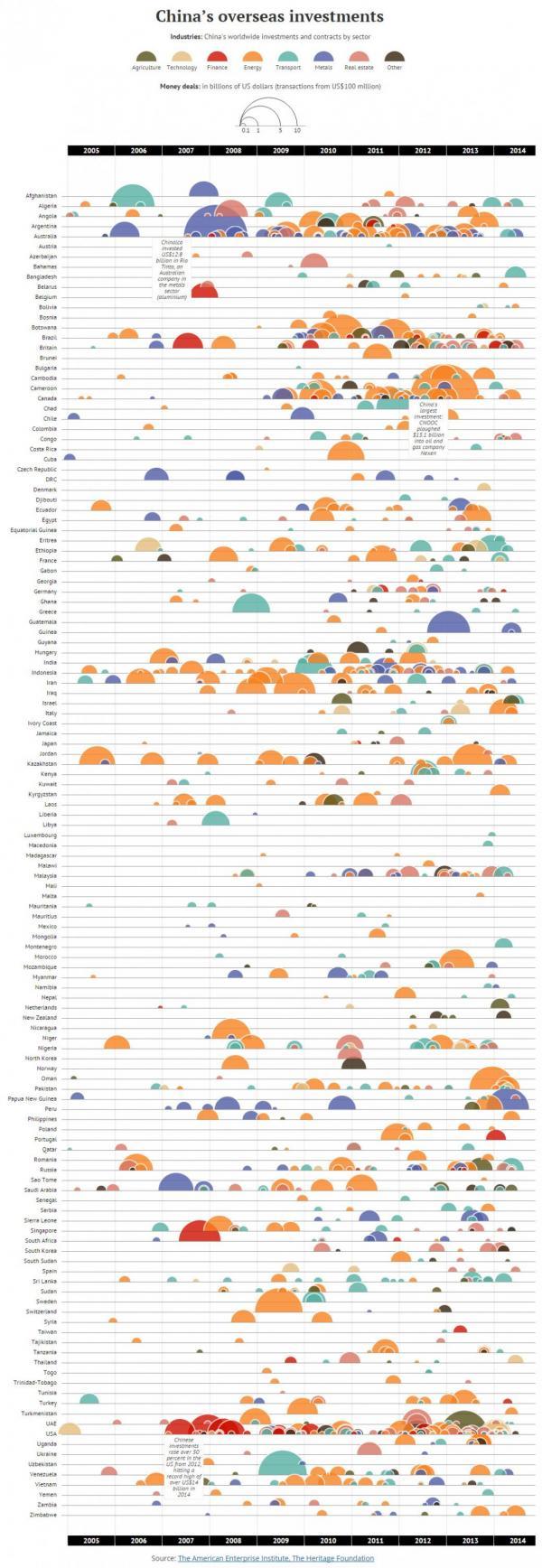Chinese are big on investment—the world knows that. They like building bridges, airports, factories, trains, residential real estate, pretty much everything. That’s why investment still makes up 50 percent of their GDP.
Up until recently, they also liked to export and keep their currency stable vis-à-vis the U.S. dollar.
This process led to a massive build up in domestic debt and to ballooning foreign currency reserves, as explained here by Nargiza Salidjanova of the U.S.-China Commission:
“China pursues an exchange rate policy that keeps its currency undervalued. This requires China’s central bank to purchase U.S. dollars entering China’s economy, resulting in massive foreign exchange reserves.”
As of April, the Central Bank of China has accumulated $4.4 trillion in foreign exchange reserves, mostly made up of U.S. Treasurys ($1.3 trillion) and other U.S.-denominated investments.
Because of the very low real yield of Treasurys, China has been trying to diversify its holdings over the last decade, snapping up investments across the globe.
“Chinese companies have made major acquisitions of mining and other natural resource companies in Australia, Canada, and parts of Africa, while Chinese brands like Haier (home appliances), Huawei (telecommunications), and Lenovo (personal computers) are seeking to tap global markets, in part through direct investment abroad,” writes Salidjanova.
The Heritage Foundation has been tracking this investment ($870 billion until the end of 2014) and here is what it looks like.

The South China Morning Post made another very cool interactive graphic to be seen here:

Analysts still believe it is very hard for China to get rid of its Treasury hoard, simply because it is so big. “Investment in the securities of other governments is another possibility, although Chinese efforts to diversify from U.S. assets in a significant way have been stymied by continued global economic weakness and the dearth of markets deep enough to absorb China’s trillions,” writes Salidjanova.
This is true in principle, but now foreign direct investment ($870 billion) has grown to two-thirds the size of official Treasury holdings ($1.3 trillion). And while foreign exchange has continued to grow until the beginning of 2013, Chinese holdings of U.S. securities has dropped off as a percentage of total holdings.
In addition, China has heavily invested in gold and may soon reveal a much higher number than previously reported, up to several hundred billions worth of gold reserves.





